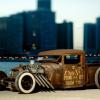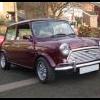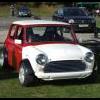Title: To further understand aerodynamic interactions through the design and development of a model with remotely adjustable parameters.
Basically, i am analysing the interactions between front and rear wings on race cars and how adjusting them has varying effects on one another and the overall vehicle. To do this i had to design a simple model with exaggerated wings that were suitably adjustable remotely for use in Computational Fluid Dynamics (CFD) and in the Wind Tunnel.
The model itself is a very basic representation of a generic single seater type race car, and was first designed in Solidworks. The solidworks model was then used in Star-CCM+ CFD software for the main analysis involving adjusting the incidence angles of the front and rear wings in various combinations to review how the vehicle balance is changed and how the wings interact.
Anyway, that's the boring stuff out the way, here's the fun bit, the wind tunnel model. The main body was routed out of pine with recesses cut out for the servo's that alter the wings. The front and rear wings were manufactured using stereolythography or rapid prototyping to accurately represent the aerofoil profile chosen
The servo's were controlled using a USB servo controller linked to my laptop so i could adjust them in realtime while in the tunnel, a major advantage for this testing.
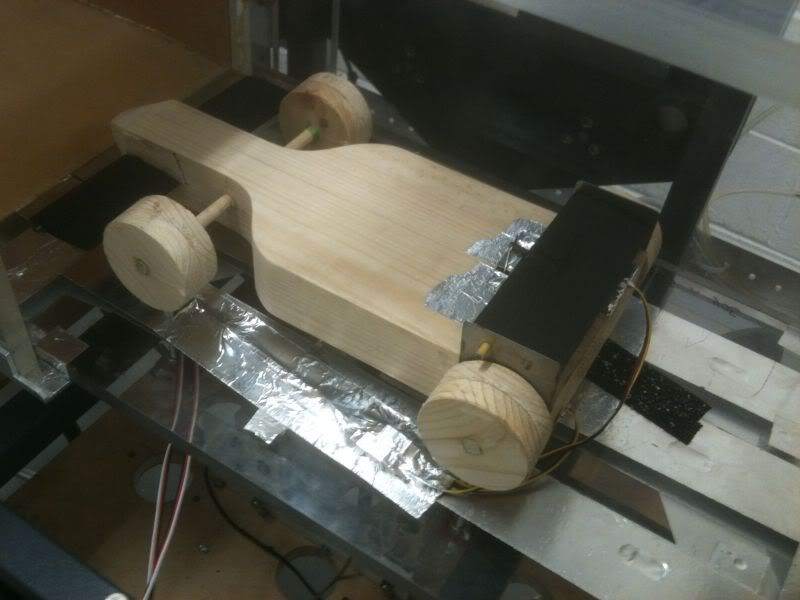
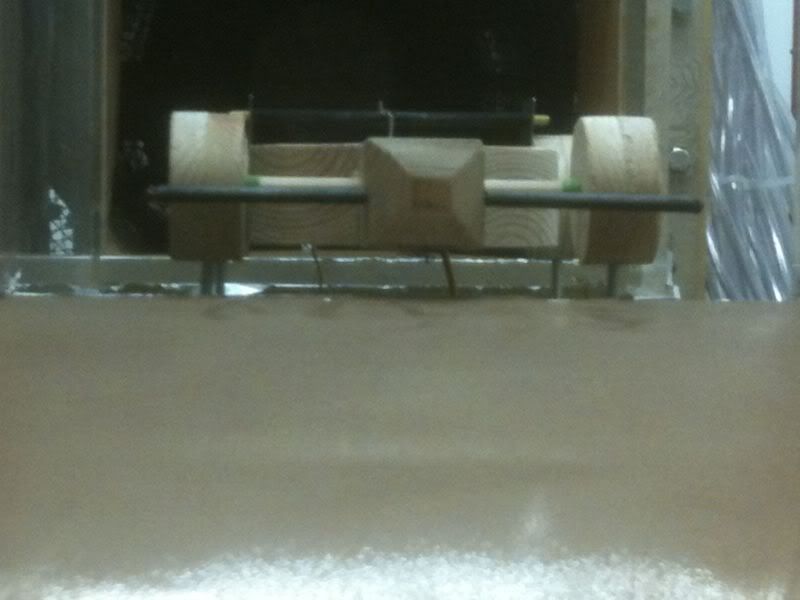
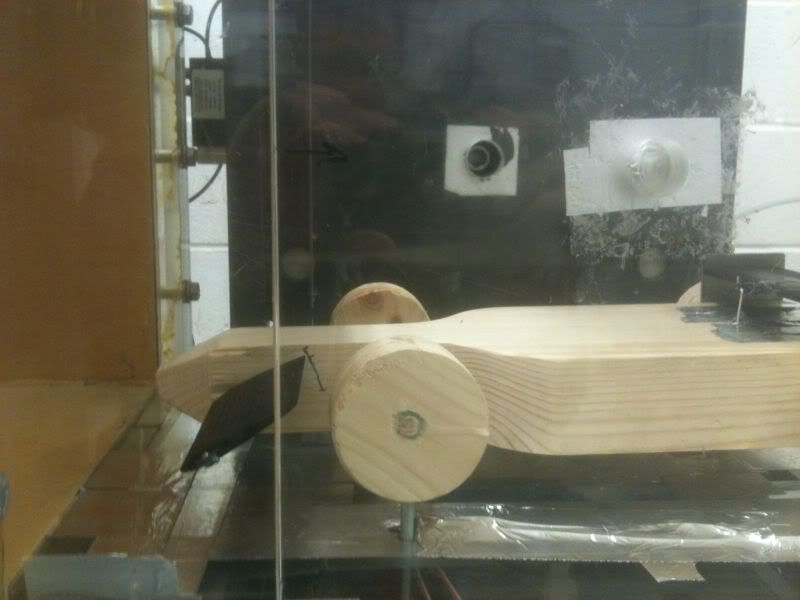
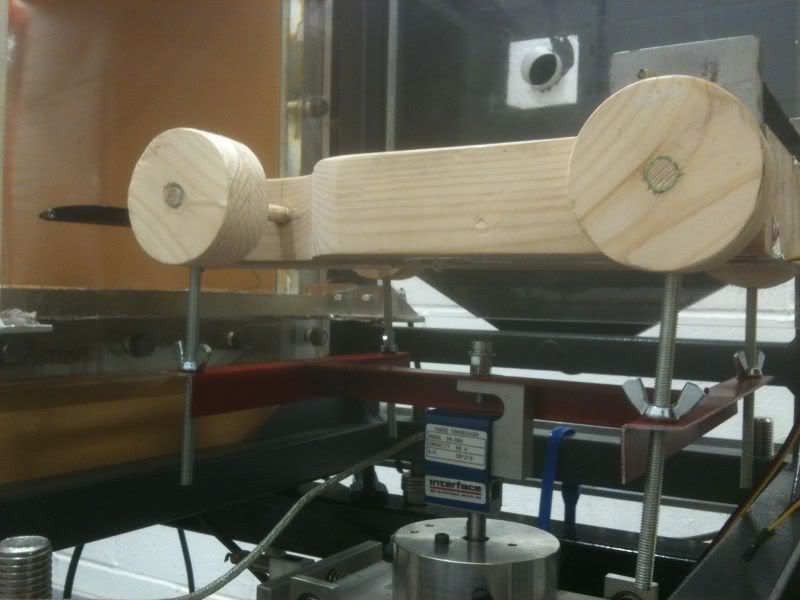
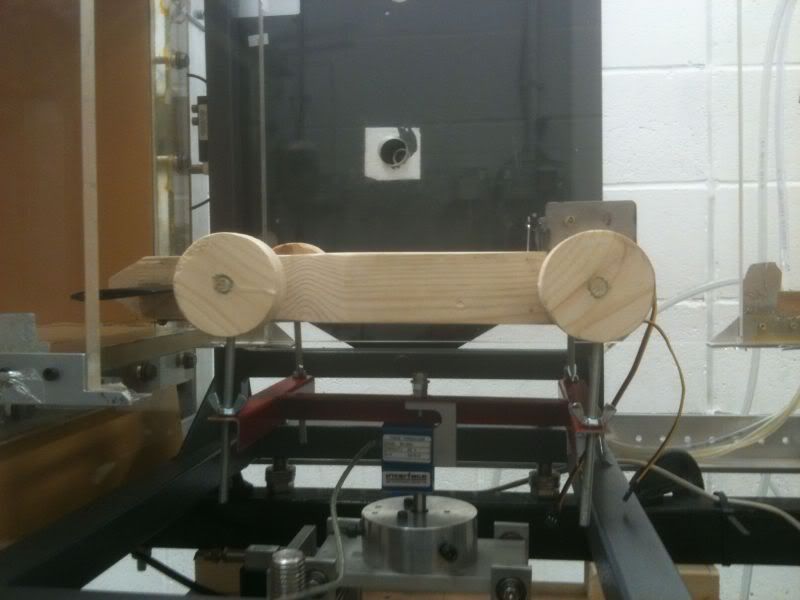
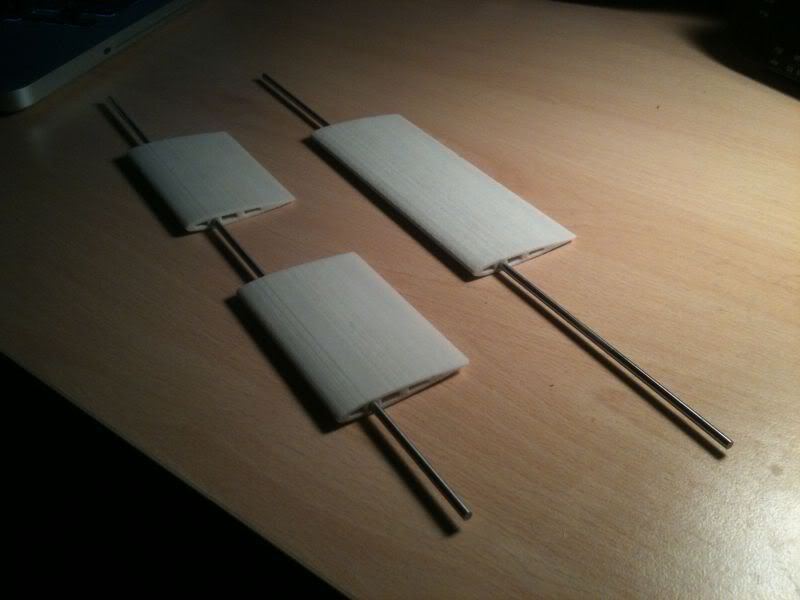
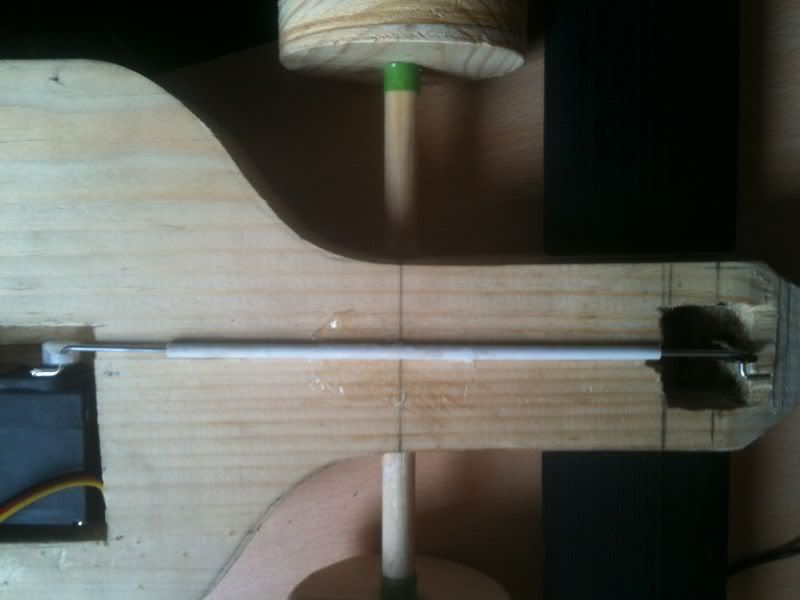
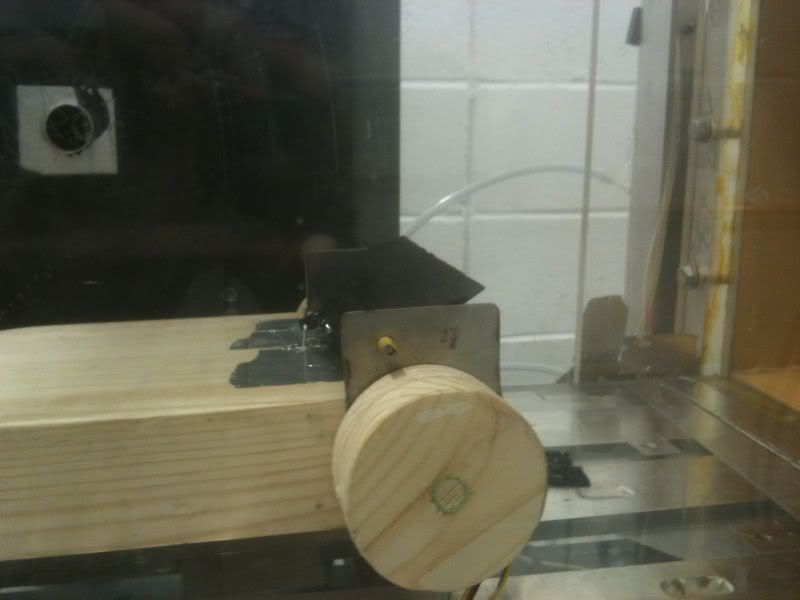
It's been an interesting project, but i'll be glad to see the back of it and get it handed in!


